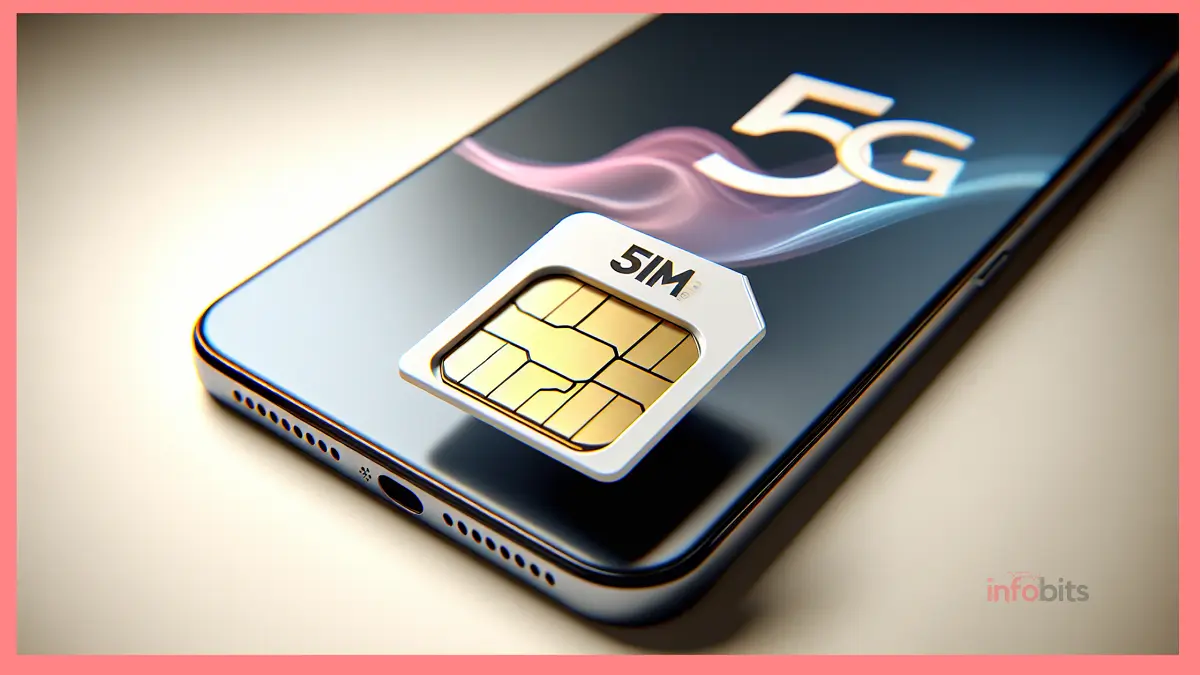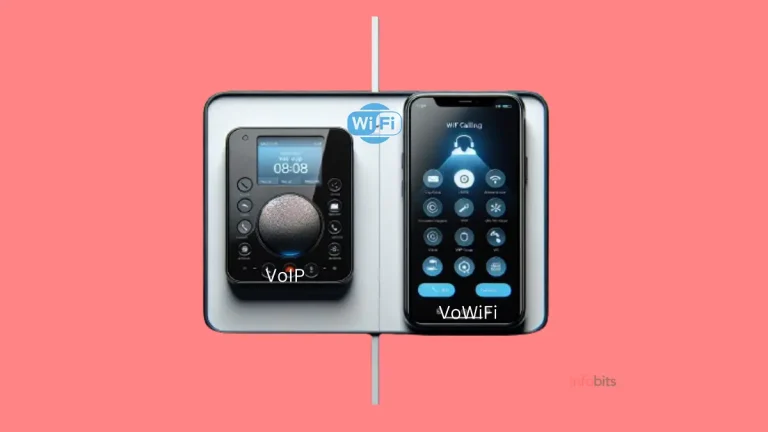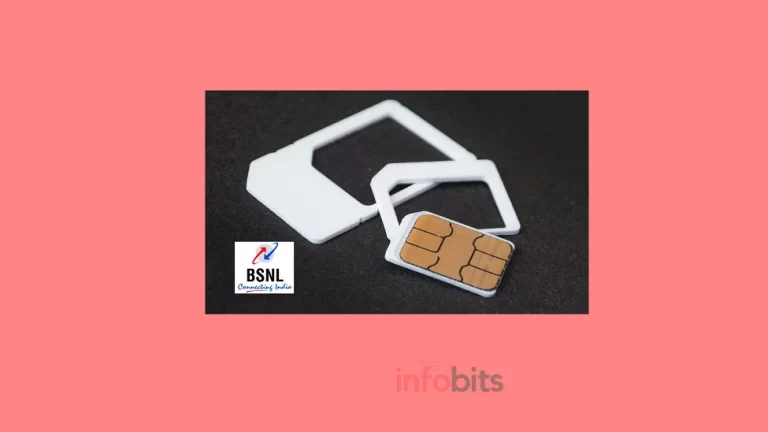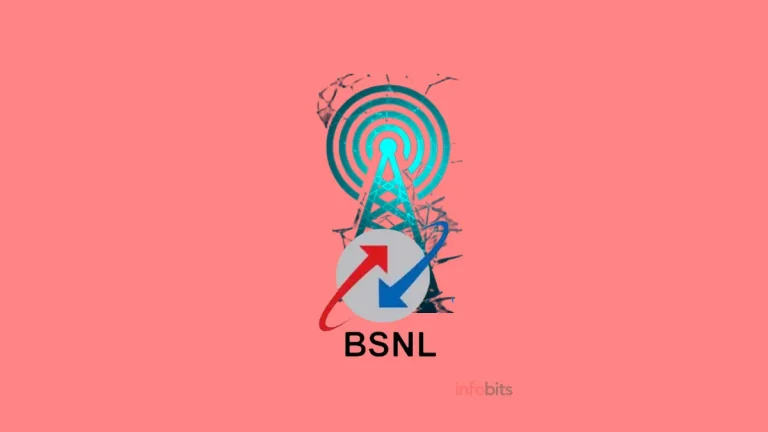Does a 5G Phone Support a 4G SIM Card?
With the rapid progression of wireless technology, the advent of 5G has stirred much curiosity and debate. A common question arises: Can a 5G phone support a 4G SIM card?
This article aims to unravel the mystery behind the compatibility of 5G phones with 4G SIM cards, dissecting the technology behind both generations of wireless communication and examining the actual user implications of this compatibility.
What is 5G and 4G?
Understanding the terminologies and concepts of 5G and 4G is crucial to comprehending their capabilities and differences.
The ‘G’ in both 5G and 4G stands for ‘generation,’ referencing the stage of technology in mobile telecommunications.
Definition and Basics
4G is the fourth generation of mobile phone technology that follows the 3G and 2G standards. It offers mobile ultra-broadband internet access to devices like smartphones, tablets, and laptops.
Meanwhile, 5G is the fifth and most recent generation, designed to increase speed, reduce latency, and improve the flexibility of wireless services.
5G technology is deemed more efficient and faster, promising to support new applications like the Internet of Things (IoT) and advanced wireless connectivity.
Both 4G and 5G technologies use different frequencies and signal types to transmit data. They are built upon various network architectures and have distinct capabilities in terms of speed, latency, and connection density.
Historical Development
The evolution of mobile networks from 4G to 5G marks a significant technological leap. 4G networks were introduced in the late 2000s and became widely adopted over the subsequent decade.
They replaced 3G networks and brought many improvements, such as higher data speeds and better coverage.
5G technology started its rollout in 2019 and is currently expanding globally. It is the result of years of research and development aimed at meeting the ever-growing data and connectivity requirements of modern societies.
The development of these technologies is guided by various stakeholders, including telecommunications companies, international standardization bodies, and governments, ensuring broad compatibility and interoperability worldwide.
Difference between 5G and 4G
The main differences between 5G and 4G lie in speed, capacity, and latency.
5G promises significantly faster data download and upload speeds, greater bandwidth, and more robust support for many more devices.
The lower latency on 5G networks enables almost instantaneous communication between devices, which is pivotal for real-time applications such as remote surgery or autonomous driving.
On the other hand, while 4G was a monumental upgrade from 3G, it has limitations in capacity and latency that 5G is designed to overcome.
Moreover, 5G uses a wider range of frequencies, including millimeter wave bands, which provide larger bandwidth but also present new technical challenges such as signal range and penetration.
How 5G Phones Work
5G phones are engineered to harness the capabilities of 5G networks. They incorporate advanced technologies and components that enable them to operate at higher speeds and efficiency.
Components and Technology
A 5G phone includes specialized hardware such as 5G modems and antennas that are compatible with the new frequencies and technologies used by 5G networks.
These devices also have the necessary processing power to manage higher data rates and ensure smooth performance.
They are designed to adaptively switch between different network bands to maintain optimal connection, whether that is 5G, 4G, or another available network standard.
The technology also involves more complex radio interfaces and network infrastructure to handle the increased throughput and reduced latency.
5G phones use technologies such as multiple input multiple output (MIMO) and beamforming to improve signal quality and connection reliability.
Network Requirements
For a 5G phone to function at its full potential, it requires a 5G network infrastructure that includes updated cell towers with 5G NR (New Radio) technology and a denser network of base stations.
These requirements are part of why 5G is gradually being rolled out, with an initial focus on high-density urban areas where the demand for bandwidth is greatest.
Despite the need for such infrastructure, most 5G phones are built to be backwards-compatible with existing 4G networks. This feature ensures that users can still access cellular data services in areas where 5G coverage is not yet available.
4G SIM Cards
As 5G networks are introduced, many users wonder about the fate of their existing 4G SIM cards. The SIM (Subscriber Identity Module) card is a fundamental element that connects a phone to the network, carrying a subscriber’s identity and data plan.
Understanding 4G SIM Cards
4G SIM cards are designed to provide secure authentication to 4G networks, enabling devices to access high-speed internet and other services.
They store subscriber information and help manage data connections efficiently. Despite being associated with 4G technology, these SIM cards are built on a standard that allows them to be operational with earlier network technologies such as 3G or even 2G.
This backward compatibility is essential for ensuring continuous service as mobile networks evolve and users transition between areas with varying levels of cellular network technology.
Compatibility with Different Networks
One of the strengths of the SIM card standard is its forward and backward compatibility with different generations of network technology.
Although a 4G SIM card might not enable access to 5G-specific features, it can still function within a 5G phone connected to a 4G network.
The compatibility ensures that users are not forced to change SIM cards each time a new network technology is introduced, which is a relief for consumers and a reflection of the foresight of the industry in maintaining a degree of continuity and user convenience.
Compatibility of 5G Phones with 4G SIM
With 5G phones on the market, consumers are asking whether they can continue using their existing 4G SIM cards. This compatibility is crucial for a smooth transition between different generations of network technology.
Technical Aspects of Compatibility
5G phones are designed with a dual approach: to take advantage of the new 5G networks while also maintaining functionality with older networks.
The technical compatibility between a 5G phone and a 4G SIM card is usually built-in. This means that when a 4G SIM card is inserted into a 5G phone, the phone’s network access will default to the 4G network capabilities provided by the SIM card.
The phone will continue to deliver the expected performance, although it will be limited to the 4G network’s speeds and features.
A firmware or software update may be required for a 5G phone to fully utilize a 4G SIM card, but these updates are typically managed smoothly by the phone’s operating system.
Comparing 4G SIM in 5G Phone vs 4G Phone
Using a 4G SIM card in a 5G phone as compared to a 4G phone fundamentally provides similar network performance since the SIM restricts the service to 4G capabilities.
However, there may be additional benefits to using a 4G SIM in a 5G phone, such as better processing power, improved hardware, and potential software optimizations inherent to newer phone models.
Those additional features may result in a better overall user experience, despite the network speed constraints.
This compatibility also offers users the option to switch to a 5G plan and SIM card in the future without needing to change their devices.
Impacts and Limitations
The interplay between 5G phones and 4G SIM cards has broader implications for the telecommunications industry and end-users, including potential challenges and perceived limitations.
Potential Challenges and Solutions
One of the challenges arises from the expectation management of consumers, who may not fully understand the nuances of network compatibility and expect their 5G phones to deliver 5G speeds with a 4G SIM card.
Education and clear communication from service providers and handset manufacturers are crucial in mitigating this concern.
Another challenge is technical support, as providers must ensure that updates and network services can operate smoothly across different generations of technology.
Solutions include over-the-air software updates and backward-compatible hardware implementations.
Implications for Users
From the users’ perspective, the compatibility of 5G phones with 4G SIM cards provides flexibility and ensures a form of future-proofing.
As they are not required to immediately switch to 5G services, users can transition at their own pace, based on the availability and affordability of 5G network plans in their region.
This compatibility also cushions the financial impact for consumers, who might not be prepared or willing to invest in an entirely new ecosystem of devices and services.
Ultimately, it ensures that the transition to 5G technology is as inclusive and seamless as possible for the widest possible user base.
Summary
In conclusion, the support of 4G SIM cards in 5G phones is an important aspect of ensuring the smooth transition from one generation of mobile technology to the next.
This compatibility allows users to enjoy the benefits of the latest devices without the immediate need for new SIM cards or service plans. It also prepares the ground for a future where 5G networks are widespread, and users can upgrade their services to match the capabilities of their devices.
As the telecommunications industry continues to evolve, this adaptable approach helps bridge the gap between rapidly advancing technology and consumer readiness, fostering a more connected and forward-looking world.
We hope you are interested in our articles and consider following our Facebook, Instagram, and Twitter pages for regular updates.
Subscribe to our free newsletter to get similar articles and regular updates directly in your Email Inbox.
Also, share this article with your friends and relatives. Bookmark this page for future reference.
You May Be Interested to Read:
- BSNL 4G SIM Upgradation and Activation-Step Step Guide
- VoIP vs WiFi Calling: Understanding the Key Differences
- A Complete Guide to Optimizing BSNL APN Settings for High-Speed Internet
- How to Turn VoLTE On or Off on Your Smartphone
- Know About India’s First Internet Telephony (VoIP) Service – BSNL WINGS







